POSTED:
What can others in Southern California learn from Pasadena’s work that led it to have the highest reduction of homelessness among 32 major American cities?
In a word, collaboration.
It wasn’t just a newly redoubled effort on the part of public officials within City Hall, though Housing Director William Huang is one of the most pro-active advocates for putting a roof over people’s heads in Southern California.
And it wasn’t just the city’s vaunted nonprofit social services agencies, though organizations such as the eminently successful Union Station have led the effort to get individuals and families off the street for generations now.
Rather, it was the way the public and private sectors in the city began working together to fight for housing that led it to see a 54 percent reduction in homelessness in the years studied by the U.S. Conference of Mayors, 2009-2016, according to a report from the group. The city counted 1,216 as homeless in 2011, but only 530 in 2016. Officials in the Housing and Career Services Department say three times as many people would be homeless today if the city had ignored the problem.
On the public front, Pasadena previously operated an intake center where the homeless could come to get help. But that meant those affected had to come to the center actively seeking assistance. These days, outreach teams made up both of nonprofit staffers and volunteers and city workers, including police officers, make contact with homeless in the field daily in an attempt to build trust so they are more likely to use the city’s resources, officials say.
The fact is, Pasadena, like other Southland cities, still has more homeless as a percentage of its population than others around the country. But that’s because the relatively benign weather here will always be a draw for the down-and-out. There were other area successes — Long Beach, for example, saw a reduction of 1,659 people or 43 percent. But despite much effort, especially regarding homeless veterans, the city of Los Angeles actually saw an uptick of almost 15 percent over those seven years. More diligent counting methods account for some of that increase.
In the end, homelessness knows no city boundaries. By building more affordable housing and continuing current philanthropic and civic work, all Southern California cities can help all residents find homes.

